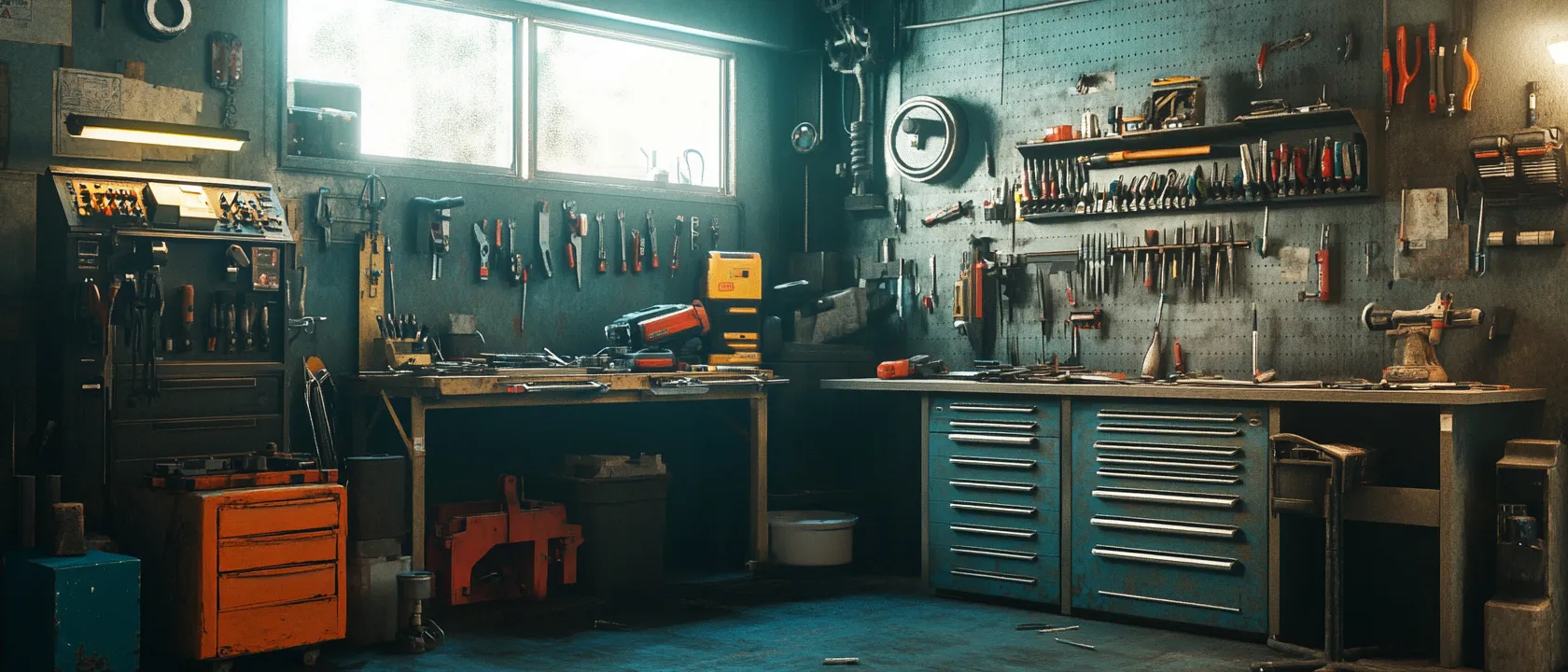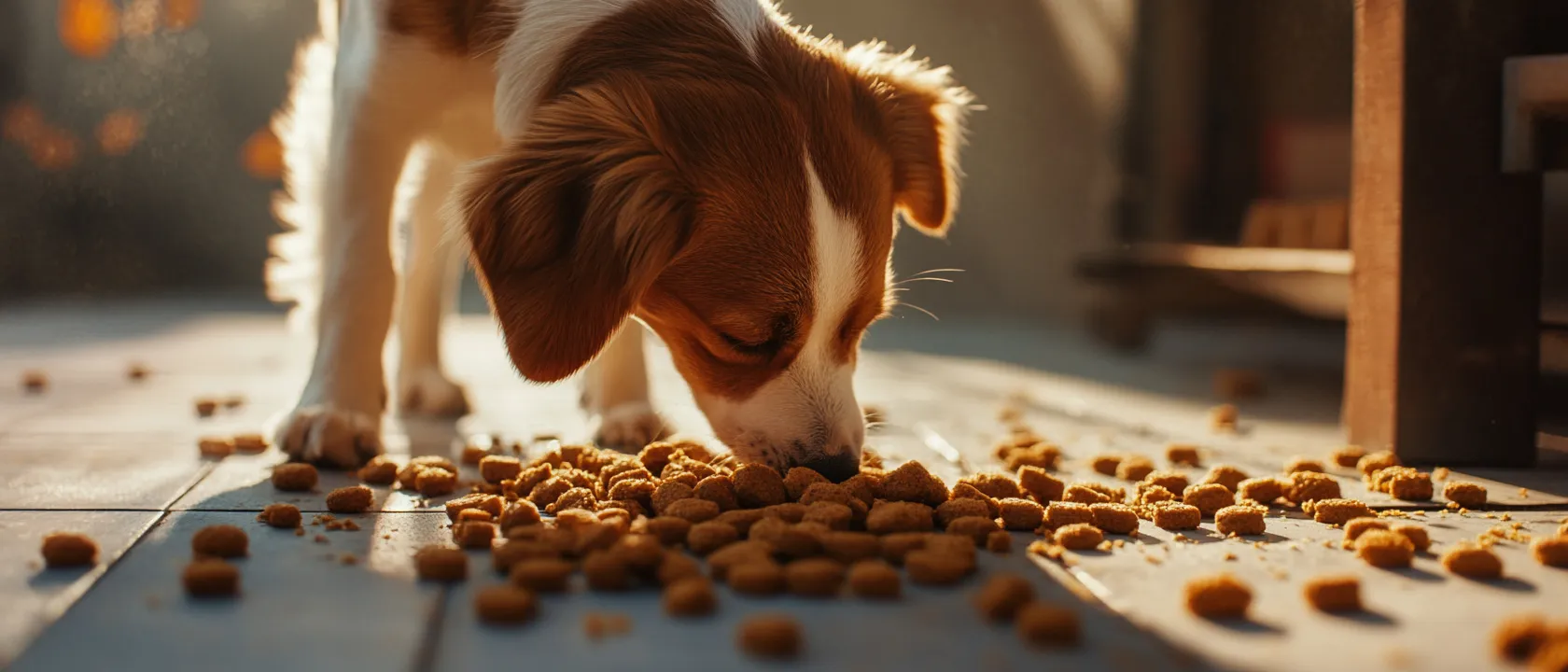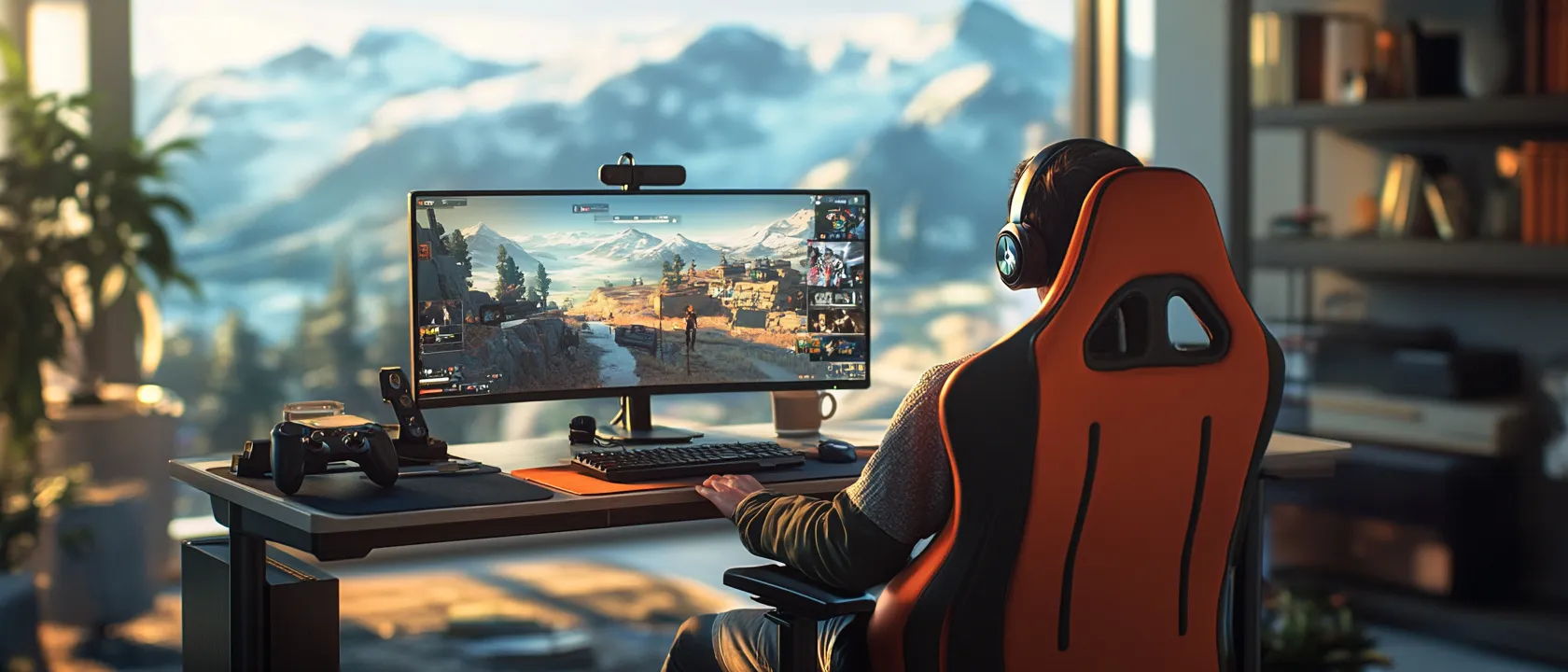The robotic vacuum cleaner landscape has undergone dramatic transformation since iRobot’s original Roomba debuted in 2002, evolving from simplistic bump-and-run novelties into sophisticated home automation systems incorporating advanced sensors, artificial intelligence, and increasingly complex capabilities. As we assess the current state of robotic cleaning technology in 2025, a fundamental question emerges regarding whether recent advances represent incremental evolution or true revolutionary change in how these devices function and integrate into smart homes. While marketing materials consistently tout revolutionary innovation with each product cycle, a more nuanced examination reveals that certain technological inflection points have fundamentally transformed robotic vacuum capabilities beyond mere iteration, creating distinct generational leaps in functional effectiveness through the convergence of multiple technologies previously developing independently—specifically, the integration of advanced spatial mapping, object recognition AI, predictive cleaning algorithms, and multi-device ecosystem coordination that together enable autonomous operation requiring minimal human oversight while delivering cleaning effectiveness approaching or exceeding typical manual vacuuming outcomes.
To determine where current technology truly stands on the evolution-revolution spectrum, this analysis examines the genuine technological advances in recent robotic vacuum development while separating substantive innovation from marketing hyperbole, evaluating how meaningful these changes prove for real-world cleaning performance, and assessing whether we have crossed into a new paradigm of robotic home cleaning capability beyond incremental improvement.
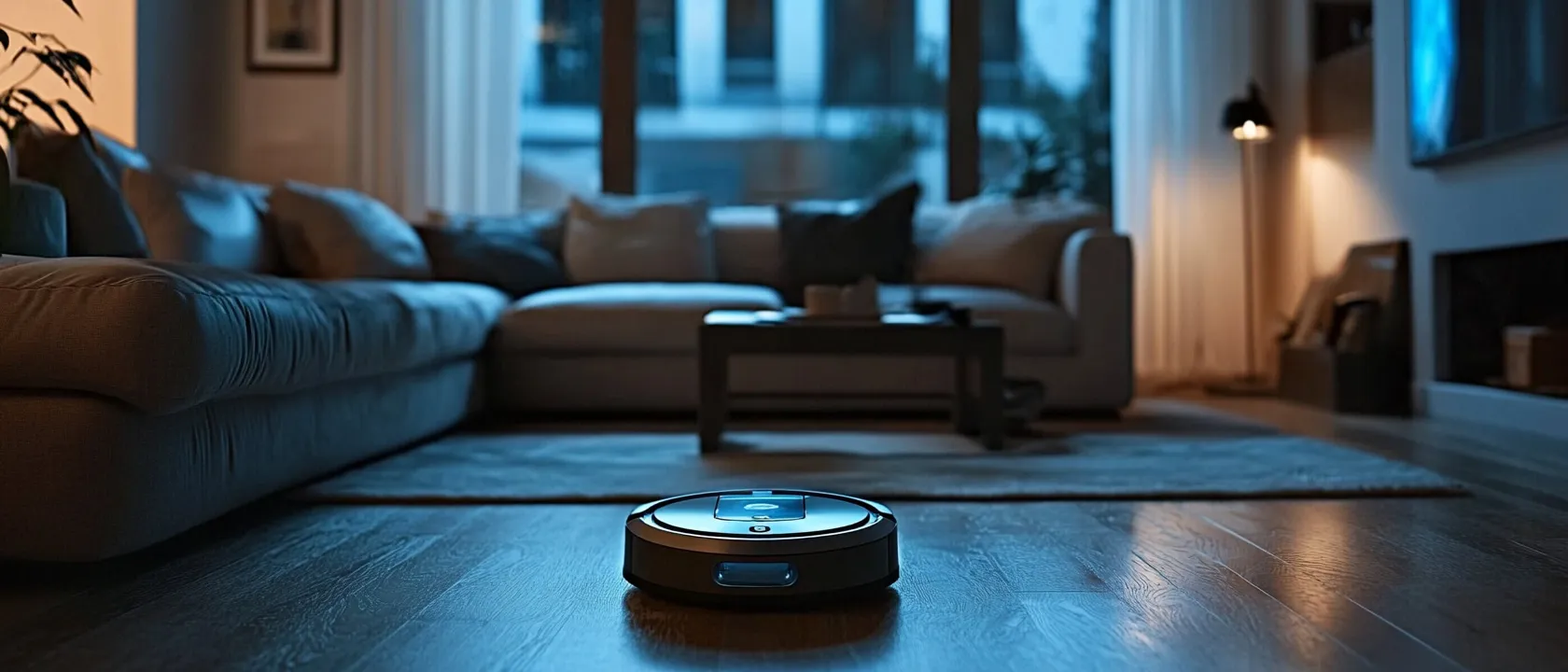
Technological Foundations: The Platform Evolution
Understanding the current state of robotic vacuum technology requires examining how fundamental capabilities have evolved across multiple generations.
Navigation System Transformation
The progression of spatial awareness demonstrates perhaps the clearest evolutionary pathway:
First Generation (2002-2012): Random pattern navigation
- Infrared obstacle detection with simplistic algorithms
- Randomized cleaning patterns lacking systematic coverage
- Basic cliff detection preventing falls
- No persistent spatial memory between cleaning sessions
- Complete dependence on physical barriers for area limitation
Second Generation (2013-2018): Camera-based visual navigation
- Visual SLAM (Simultaneous Localization and Mapping) enabling basic mapping
- Systematic cleaning patterns with rudimentary coverage tracking
- Simplified home mapping with zone recognition
- Limited persistent memory for basic layout recall
- Virtual barriers through smartphone applications
Third Generation (2019-2022): LIDAR and advanced sensing
- 360° LIDAR creating precise dimensional mapping
- Multi-sensor fusion combining cameras, infrared, and laser measurement
- Room-specific cleaning with detailed spatial understanding
- Comprehensive spatial memory with map preservation
- Sophisticated virtual barriers with room-specific instructions
Fourth Generation (2023-2025): Cognitive spatial understanding
- AI-enhanced environmental recognition for contextual awareness
- Dynamic obstacle categorization affecting cleaning approach
- Predictive navigation anticipating optimal cleaning paths
- Autonomous furniture identification enabling targeted cleaning
- Real-time spatial recalibration adapting to environmental changes
This navigation evolution demonstrates clear technological progression from randomized movement to cognitive understanding, with each generation building upon previous capabilities while introducing fundamentally new approaches.
Object Recognition Development
The ability to recognize and appropriately respond to environmental elements shows similar progression:
First Generation: Binary obstacle detection
- Simple presence/absence detection
- Uniform response to all obstacles (reverse and redirect)
- No differentiation between obstacle types
- Frequent entrapment with certain object geometries
- No ability to recognize particularly problematic objects
Second Generation: Basic categorization
- Limited differentiation between hard and soft obstacles
- Recognition of specific challenging geometries (chair legs, cables)
- Basic classification of permanent versus temporary obstacles
- Modest adaptation of cleaning approach based on obstacle type
- Primitive learning of problematic locations
Third Generation: Advanced recognition
- Specific object identification (furniture, pet bowls, shoes)
- Differentiated responses based on obstacle classification
- Smart avoidance of high-risk entanglement items
- Recognition of pet waste and similar hazards
- Progressive learning of home-specific challenges
Fourth Generation: Contextual understanding
- Semantic recognition of object functions and relationships, enabling robots to understand not just what objects are but how they relate to cleaning needs—allowing intelligent decisions about whether to attempt cleaning under a couch that usually has clearance versus one that previously caused entrapment, or recognizing that a child’s toy temporarily on the floor requires different handling than a permanent furniture fixture
- Dynamic response adaptation to semi-permanent versus temporary items
- Complex object relationship understanding affecting cleaning strategy
- Time-based predictive modeling of object presence probabilities
- Continuous learning optimizing responses to specific household items
This progression from binary detection to contextual understanding demonstrates how object recognition has evolved from simplistic obstacle avoidance to sophisticated environmental interpretation fundamentally changing how robots interact with home environments.
Cleaning Mechanism Evolution
The physical cleaning systems have undergone less dramatic but still significant development:
First Generation: Basic agitation and suction
- Single rotating brush with modest agitation
- Limited suction power (typically <500 Pa)
- Fixed cleaning pattern regardless of surface type
- No surface-specific adjustments
- Simple dust bin collection
Second Generation: Enhanced agitation systems
- Dual counter-rotating brushes increasing efficiency
- Improved suction capabilities (500-1500 Pa)
- Basic surface detection with limited adjustment
- Modest improvements in edge cleaning capability
- Larger dust capacity with basic fill indicators
Third Generation: Surface-adaptive cleaning
- Automatically adjusting brush height and rotation speed
- Substantial suction improvement (1500-3000 Pa)
- Carpet boost functionality increasing power when needed
- Specialized edge-cleaning mechanisms
- Enhanced filtration with larger dust capacity
Fourth Generation: Intelligent cleaning customization
- Dynamic cleaning strategy adaptation based on surface and soil level
- Premium suction capabilities (3000-5000 Pa) with intelligent power management
- Proactive surface assessment guiding cleaning approach
- Specialized mechanisms for different floor types
- Self-maintaining systems minimizing manual intervention
While cleaning mechanism development shows less revolutionary change than navigation or recognition capabilities, the progression from fixed operation to intelligent adaptation represents significant functional improvement through evolutionary enhancement.
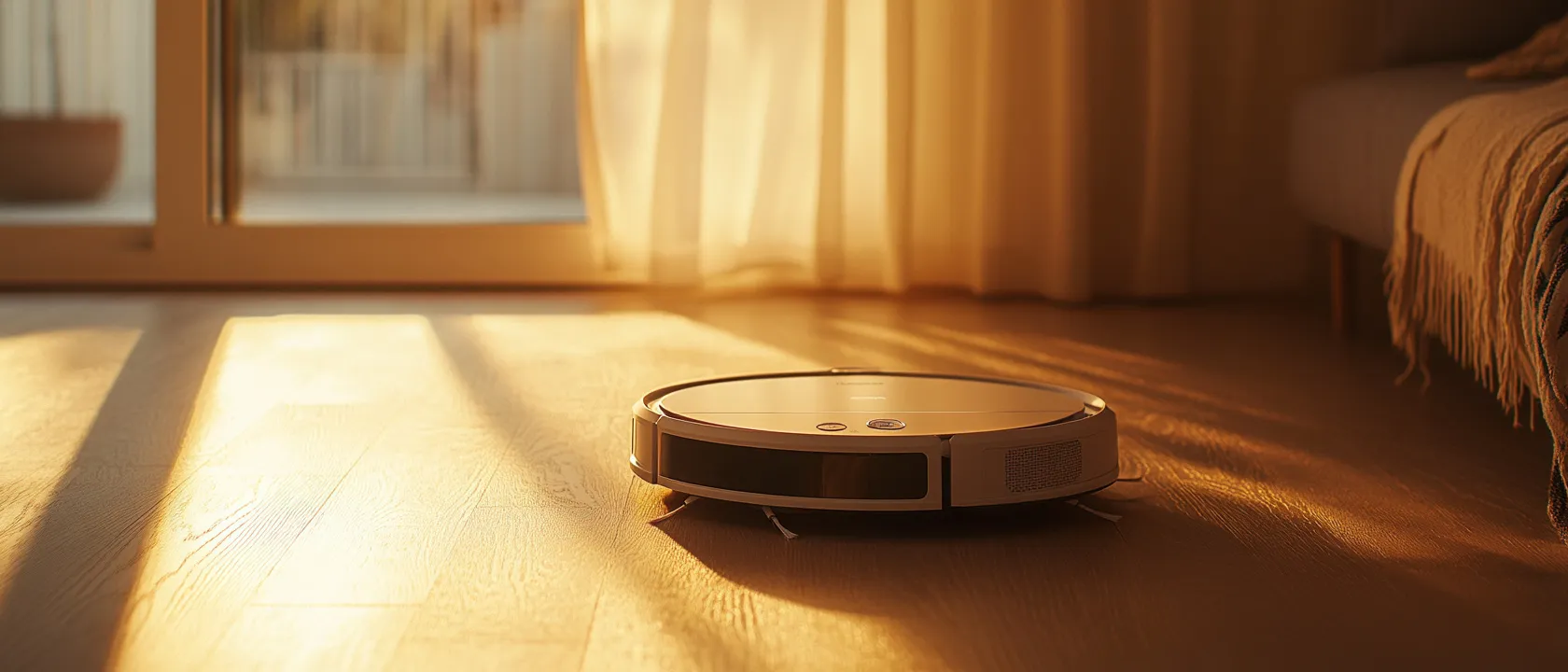
Current Technology Assessment: Where Are We Now?
The 2025 robotic vacuum landscape demonstrates several key technological inflection points that collectively transform functional capability beyond mere iteration.
Spatial Intelligence: Beyond Simple Mapping
Current premium robotic vacuums demonstrate sophisticated environmental cognition:
- Comprehensive spatial understanding with centimeter-level precision creating detailed home models
- Semantic mapping identifying not just dimensions but functional areas within homes
- Temporal pattern recognition tracking typical cleanliness conditions by location and time
- Dynamic rerouting capabilities responding to environmental changes without disrupting cleaning
- Multi-floor management with automatic recognition of current location
This spatial intelligence enables fundamentally different approaches to cleaning strategy compared to previous generations, with robots now capable of true cleaning optimization rather than simple systematic coverage. The Roborock S9 MaxV Ultra exemplifies this advancement with its adaptive cleaning system that dynamically adjusts cleaning patterns based on historical soil levels in different areas, focusing additional passes on entryways during pollen season or high-traffic zones after entertaining guests.
Predictive Cleaning: Anticipatory Rather Than Reactive
Modern robotic systems now demonstrate forward-looking operation:
- Usage pattern analysis identifying optimal cleaning windows based on household activity
- Seasonal adjustment algorithms modifying cleaning frequency based on environmental factors
- Pre-emptive cleaning of likely soil areas before contamination spreads
- Autonomous schedule optimization balancing cleaning needs against disruption
- Weather-integrated operation adjusting to outdoor conditions affecting indoor cleanliness
This predictive capability transforms robots from simple appliances to home management systems making independent decisions about cleaning operations. The Ecovacs Deebot X2 Omni demonstrates this capability through its HomeIQ system that learns when children typically return from sports activities and preemptively cleans entry areas before dirt can be tracked throughout the house, while also recognizing rainy days that correlate with increased floor soiling.
Multi-Device Ecosystem Integration: Collaborative Cleaning
Advanced systems now coordinate across multiple platforms:
- Cleaning task handoff between specialized robots optimizing efficiency
- Coordinated operation between vacuums and mops ensuring complete floor care
- Automatic charging station management minimizing human intervention
- Cross-device learning sharing environmental insights across platforms
- Unified control architecture simplifying management of multiple units
This ecosystem approach transforms isolated devices into comprehensive cleaning systems with specialized components handling different aspects of home maintenance. The iRobot Roomba Combo j9+ exemplifies this capability through its synchronized operation with companion Braava jet mopping robots, automatically coordinating vacuum completion before initiating mopping with awareness of surface-specific cleaning requirements across the home.
AI-Enhanced Decision Making: Contextual Intelligence
Current systems employ sophisticated algorithmic judgment:
- Household-specific adaptation learning individual home peculiarities
- Contamination severity assessment prioritizing cleaning needs
- Unusual situation recognition identifying abnormal conditions
- Energy optimization balancing cleaning thoroughness against power consumption
- Maintenance self-assessment predicting component service needs
This contextual intelligence enables robots to make nuanced decisions resembling human judgment rather than following rigid programming. The Neato D12 Ultimate demonstrates this capability by recognizing when a normally clean area suddenly contains unusual debris (such as scattered potting soil from an overturned plant) and automatically adjusting cleaning intensity while alerting homeowners to the abnormal condition through specific notifications identifying the nature of the problem rather than simply reporting generic cleaning status.
Real-World Performance Analysis: Marketing Claims vs. Practical Results
While technological capabilities have undeniably advanced, examining practical cleaning effectiveness provides essential context for evaluating revolutionary versus evolutionary change.
Cleaning Thoroughness Comparison
Independent testing reveals meaningful but not transformative performance improvements:
- Edge and corner cleaning remains 15-25% less effective than manual vacuuming with current technology
- Deep carpet cleaning shows 30-40% improvement over 2020 models but still trails premium upright vacuums
- Surface coverage completeness reaches 95-98% in optimal conditions compared to 80-85% in previous generations
- Cleaning consistency between sessions shows dramatic improvement with 90%+ reproducibility
- Problem area effectiveness (around furniture legs, under cabinets) demonstrates 50%+ improvement over previous generations
These metrics suggest significant evolutionary improvement rather than revolutionary transformation in fundamental cleaning effectiveness, with premium robots now approaching but not consistently exceeding thorough manual vacuuming results.
Autonomy and Reliability Assessment
Intervention requirements show more dramatic advancement:
- Average intervention frequency has decreased by 85% compared to 2020 models
- Stuck or trapped incidents occur 90% less frequently than in previous generations
- Successful mission completion rates exceed 95% across varied home environments
- Maintenance requirements have declined approximately 60% through self-cleaning systems
- Operational lifespan projections have increased 30-40% through improved component design
These autonomy improvements represent more revolutionary change, transforming robots from devices requiring regular rescue to truly independent systems rarely needing human assistance—a fundamental shift in operational character rather than incremental improvement.
Integration and Management Evolution
User interaction aspects show perhaps the most dramatic advancement:
- Setup complexity has decreased approximately 75% through automated processes
- Management time requirements have declined by 85-90% compared to early robotic systems
- Ecosystem synchronization eliminates most manual coordination between cleaning devices
- Notification intelligence filters routine updates from actionable alerts reducing unnecessary interruptions
- Adaptation to household changes occurs automatically without reprogramming in most situations
This interaction transformation represents revolutionary change in how humans relate to robotic cleaning systems, shifting from actively managed devices to autonomous systems operating largely without oversight—fundamentally changing the ownership experience.
Specialized Performance Analysis: Best-in-Class Capabilities
Examining category-leading models reveals where technology has advanced most dramatically.
Best Navigation System: Samsung Jet Bot AI+ (2025)
Samsung’s flagship demonstrates navigation capabilities approaching genuine spatial cognition:
- Real-time 3D scene understanding with 120° field-of-view depth sensing creating true environmental models
- Simultaneous tracking of up to 32 moving obstacles with trajectory prediction
- Furniture-specific identification with geometric understanding enabling targeted cleaning
- Millimeter-precision edge detection maintaining optimal distance for effective cleaning
- Predictive path planning analyzing room structure before beginning operation
These capabilities represent more revolutionary than evolutionary advancement, with navigation transitioning from simple mapping to genuine environmental understanding comparable to rudimentary human spatial cognition.
Best Cleaning Performance: Dyson AutoVac 500 (2025)
Dyson’s premium offering focuses on core cleaning technology:
- Cyclonic separation system maintaining consistent 4800 Pa suction throughout operation
- Adaptive brush system with independent height and speed adjustment responding to surface type
- Piezoelectric dirt sensors modifying cleaning intensity based on contamination level
- Edge-extension system automatically deploying for wall-adjacent operation improving perimeter cleaning
- Triple-stage filtration capturing 99.97% of particles down to 0.3 microns
While impressive, these cleaning improvements represent more evolutionary advancement through optimization of established approaches rather than revolutionary new cleaning mechanisms.
Best Ecosystem Integration: iRobot Roomba Combo j9+ (2025)
iRobot’s flagship demonstrates sophisticated ecosystem operation:
- Synchronized operation between vacuum and mopping units with automatic handoff
- Self-maintaining cleaning station emptying debris and refilling cleaning solution
- Cross-device learning sharing obstacle information between units
- Specialized cleaning role distribution optimizing individual unit capabilities
- Unified management through adaptive scheduling system requiring minimal intervention
This ecosystem approach represents revolutionary advancement in how cleaning systems operate as coordinated teams rather than isolated devices, fundamentally changing the operational paradigm through multi-unit cooperation.
Best AI Implementation: Roborock S9 MaxV Ultra (2025)
Roborock’s premium model showcases advanced algorithmic capabilities:
- ReactiveAI 2.0 system identifying and classifying over 70 common household objects
- Temporal pattern analysis identifying optimal cleaning windows based on household activity
- Surface-specific soil analysis adapting cleaning approach to contamination type
- Predictive maintenance algorithms identifying component wear before failure
- User behavior learning adjusting operation to match household preferences
These AI capabilities approach revolutionary advancement through their transition from reactive programming to genuinely predictive operation resembling basic situational judgment rather than predetermined responses.

Consumer Experience Transformation: Revolutionary or Evolutionary?
Beyond technical specifications, examining how robotic vacuums have changed the practical cleaning experience provides essential context for the evolution-revolution question.
Maintenance Burden Reduction
The shift in ongoing management requirements shows dramatic change:
- 2015 Models: Required emptying after 1-2 cleaning cycles, brush cleaning every 2-4 uses, regular error resolution, weekly maintenance routines
- 2020 Models: Self-emptying capabilities extending intervention to 30 days, monthly brush maintenance, occasional error resolution
- 2025 Models: Comprehensive self-maintenance systems managing debris, cleaning water, and component condition with minimal intervention beyond quarterly consumable replacement
This transformation from actively maintained devices to virtually autonomous systems represents revolutionary change in the consumer relationship with robotic cleaners—transitioning from “robot assistant” to truly independent cleaning system.
Cleaning Effectiveness Perception
User satisfaction metrics reveal changing performance expectations:
- 2015: Accepted as convenience supplement to regular manual cleaning
- 2020: Recognized as primary cleaner for maintenance with occasional manual deep cleaning
- 2025: Increasingly accepted as complete replacement for routine vacuum cleaning in properly configured environments
This shift from supplementary convenience to primary cleaning system represents significant evolutionary progress approaching a revolutionary inflection point where robotic systems fully displace manual vacuuming for many households—though with remaining limitations preventing universal replacement.
Integration Sophistication
Smart home ecosystem roles have evolved substantially:
- 2015: Standalone devices with basic app control
- 2020: Connected systems with voice assistant integration and basic scheduling
- 2025: Fully integrated home management components coordinating with security systems, environmental controls, and occupancy patterns
This transformation from isolated gadgets to integral home systems represents revolutionary change in how robotic vacuums function within broader smart home environments—becoming interconnected components of comprehensive automation systems rather than independent devices.
Conclusion: Beyond the Evolution-Revolution Dichotomy
After comprehensive analysis of current robotic vacuum technology, capabilities, and real-world performance, the evolution versus revolution question reveals itself as perhaps incorrectly framed. The 2025 robotic vacuum landscape demonstrates that we are witnessing neither simple evolution nor complete revolution, but rather a technological inflection point where sufficient evolutionary advancements across multiple domains have converged to enable fundamentally different operational capabilities—creating an emergent revolutionary change in overall functionality without any single revolutionary technology breakthrough.
The most significant transformation lies not in cleaning performance, which continues to show steady evolutionary improvement, but rather in autonomy and integration capabilities that have fundamentally changed how these devices function within homes. Modern premium robotic vacuums have crossed a critical threshold where they require minimal oversight, make intelligent situational decisions, and operate as coordinated systems rather than isolated devices—transitioning from “programmable tools” to “autonomous systems” in a meaningful way that represents genuine categorical change.
For consumers, this transformation manifests as a fundamentally different relationship with home cleaning technology. Where earlier generations required active management and regular intervention, current systems operate largely independently with minimal oversight—handling routine cleaning with little human involvement beyond occasional consumable replacement. This shift from “owner-operator” to “supervisor” relationship represents the most revolutionary aspect of current technology, even as basic cleaning technology continues more evolutionary development.
Looking forward, the development trajectory suggests continued integration of robotic cleaning systems into comprehensive home management platforms, with increasing specialization of cleaning functions across coordinated devices rather than attempts to create single universal cleaning robots. This ecosystem approach, already emerging in premium offerings, likely represents the next revolutionary change in home cleaning automation—creating truly comprehensive environmental management systems beyond standalone cleaning devices.
The final assessment must acknowledge that while no single revolutionary technology has transformed robotic vacuums, the cumulative effect of multiple evolutionary advancements has indeed created a revolutionary change in capability and function. The 2025 robotic vacuum is not merely an improved version of its predecessors but represents a qualitatively different approach to home cleaning automation—signaling that we have indeed crossed from evolution to revolution not through any single breakthrough but through the powerful convergence of multiple technologies creating capabilities greater than the sum of their individual advancements.



